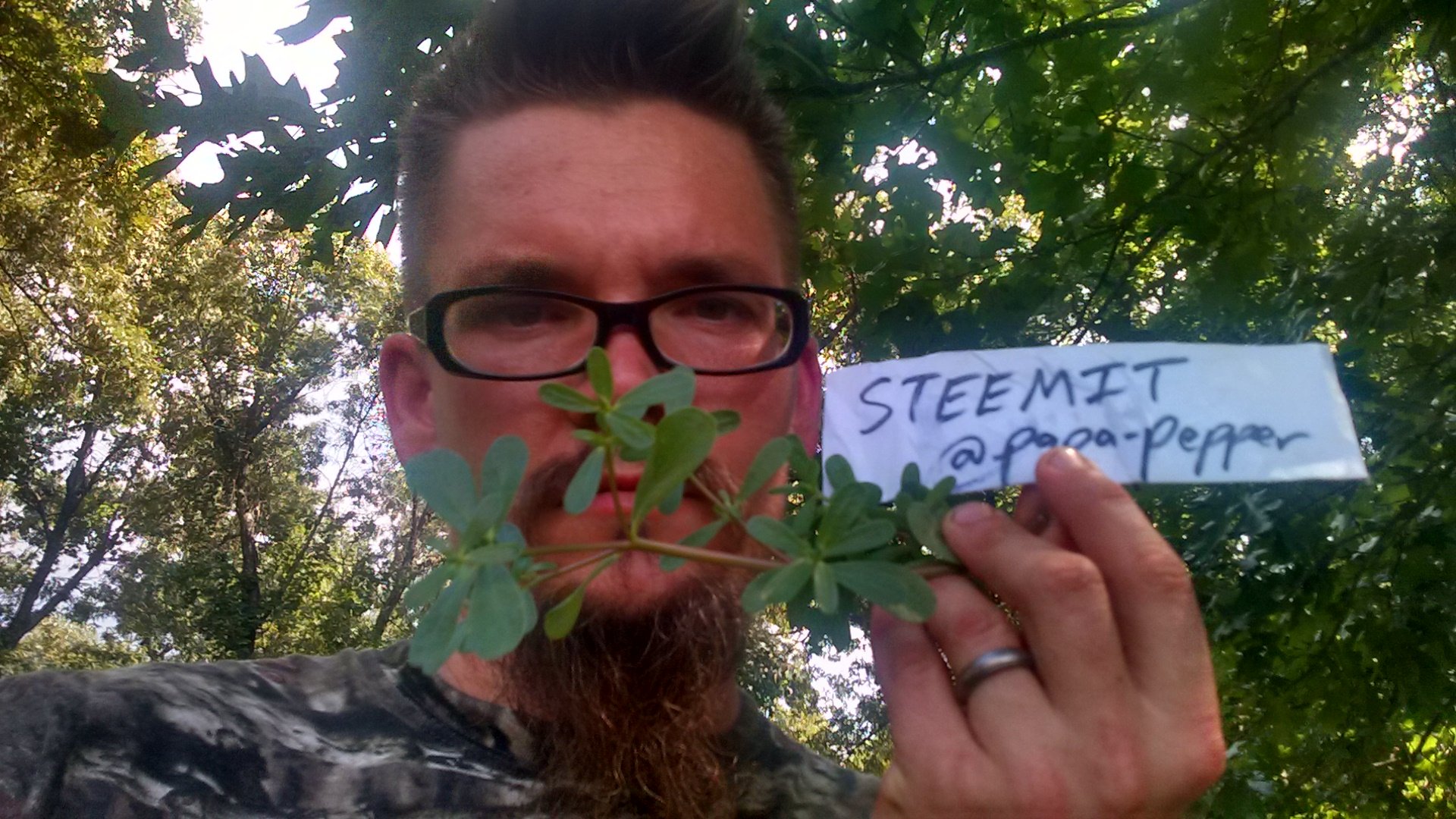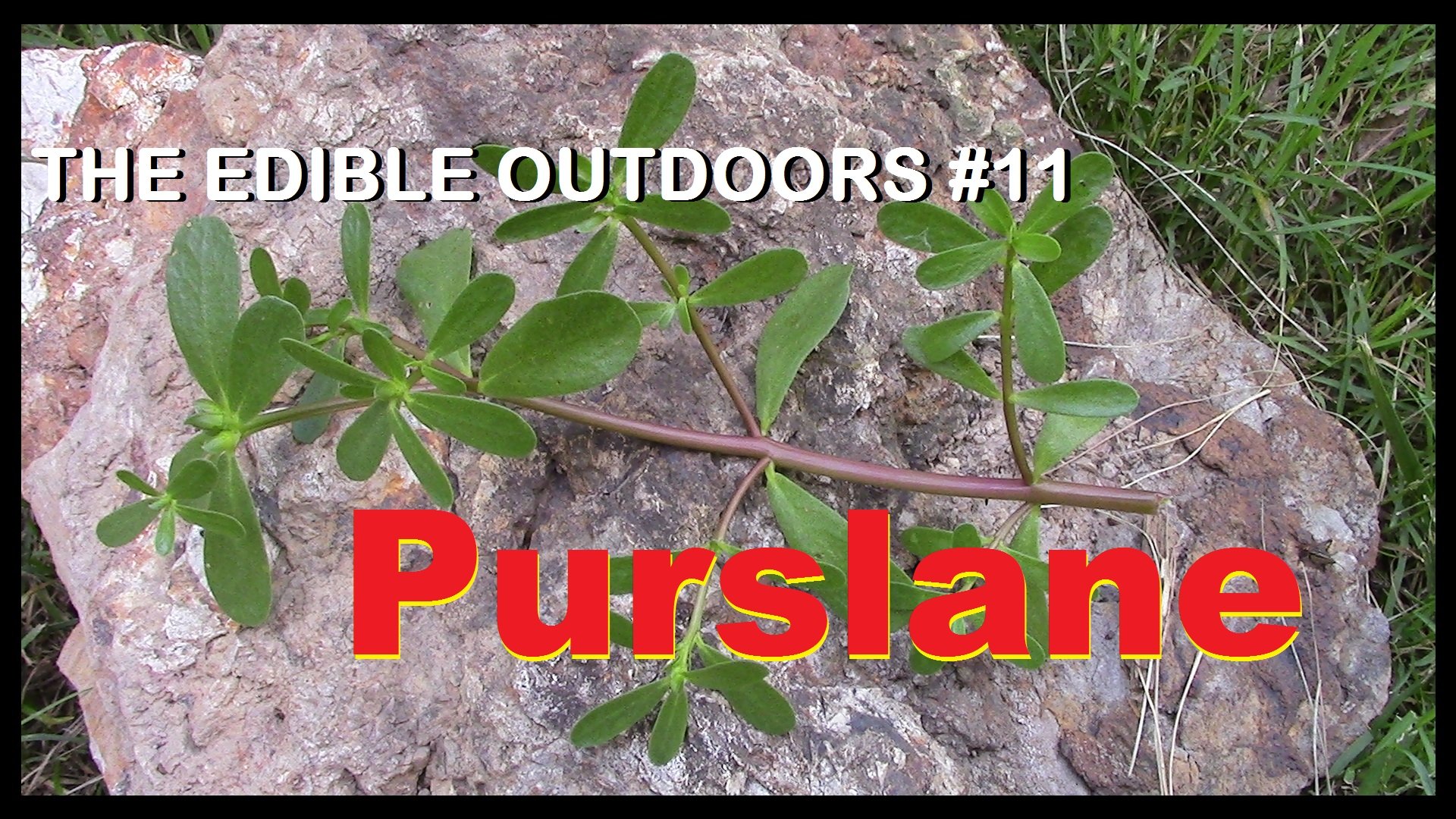
This one has been a coming for a while, so I figured I'd better get it out there. Let's start off with identification for this one. When I had made my Dandelion post i mentioned finding some weeds while working, and claimed to have found Dandelion, Wood Sorrel, and Purslane. I thought that there were a few varieties, but I was mistaken. The plant pictured that I had consumed was Spurge, a poisonous lookalike. With a little knowledge, you can easily avoid making the same mistake.
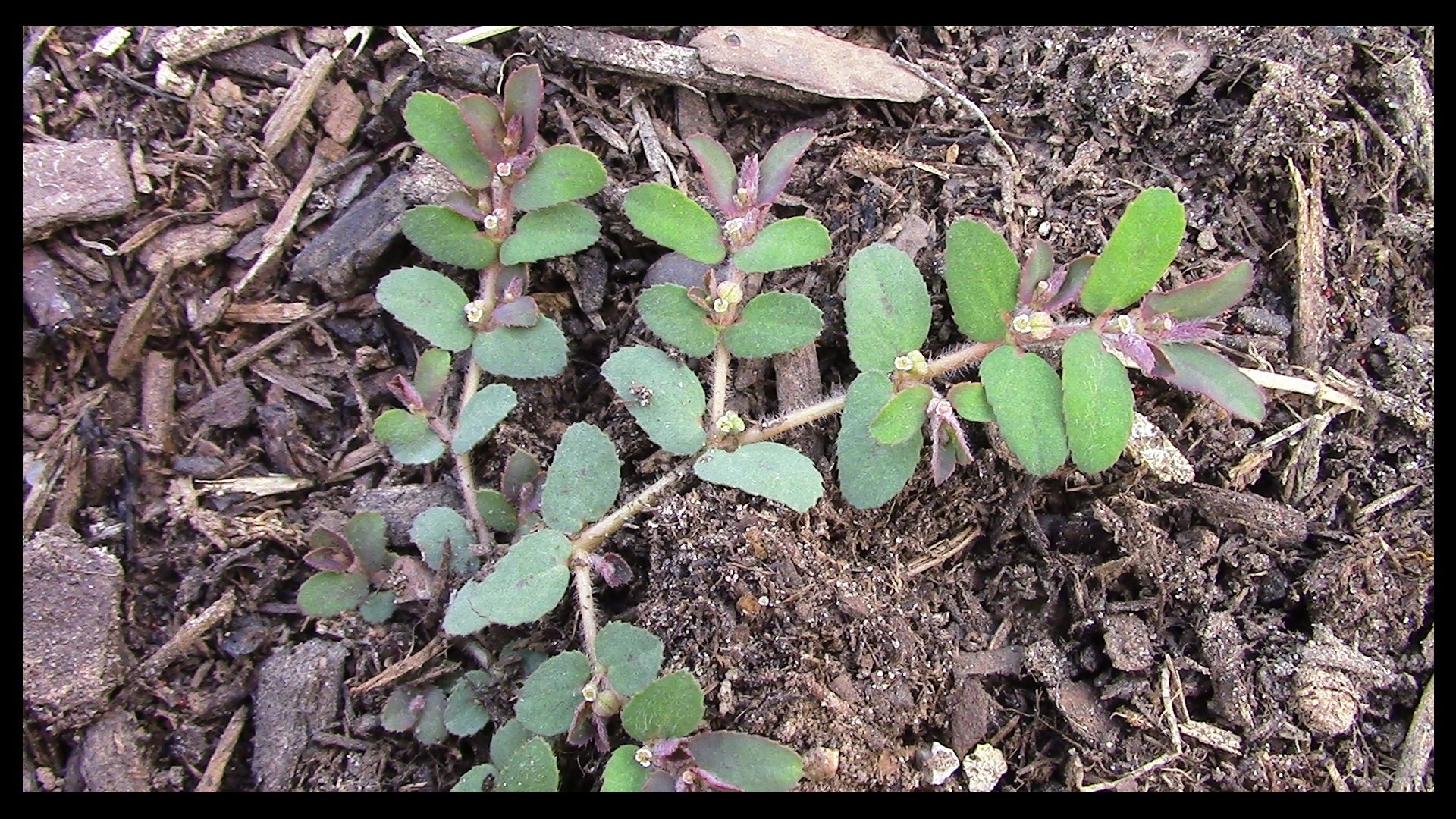
POISONOUS LOOKALIKE : SPURGE
Now I'm not sure how poisonous it is, but I ate a few of the plants and don't recall any signs of illness or death. As I said in the intro to this series, I'll eat the plant pictured prior to posting. I'm certainly not an expert, I'm just on an adventure, learning along the way, and steemit is a way for me to share that adventure with you.
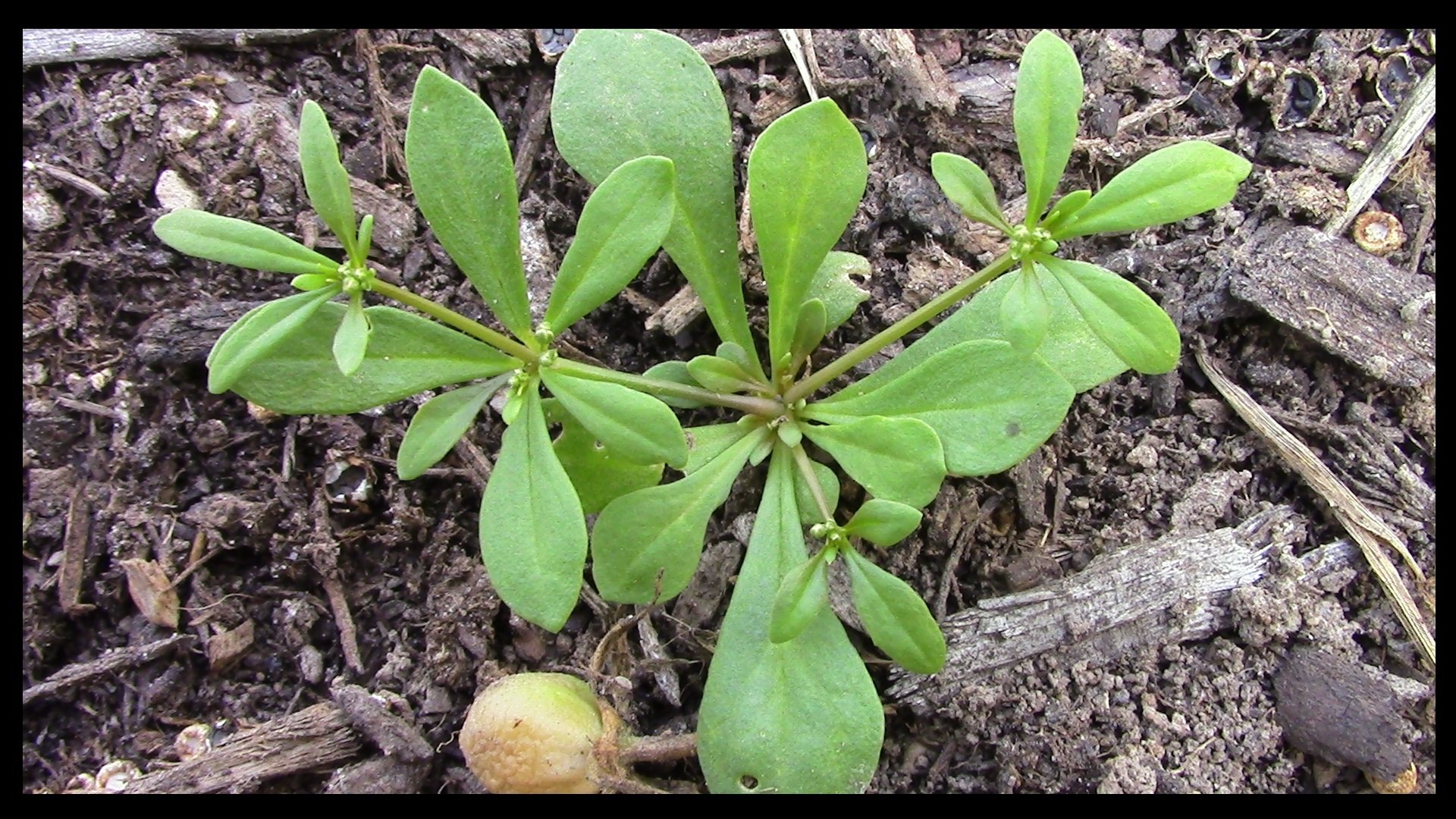
ANOTHER LOOKALIKE, ALSO NOT PURSLANE
To properly and accurately identify actual Purslane, it's important to know that it's an annual succulent. Succulents have parts that are designed to store water, so they are often thick, fleshy, and juicy. Note the thickness of the Purslane stem pictured below.
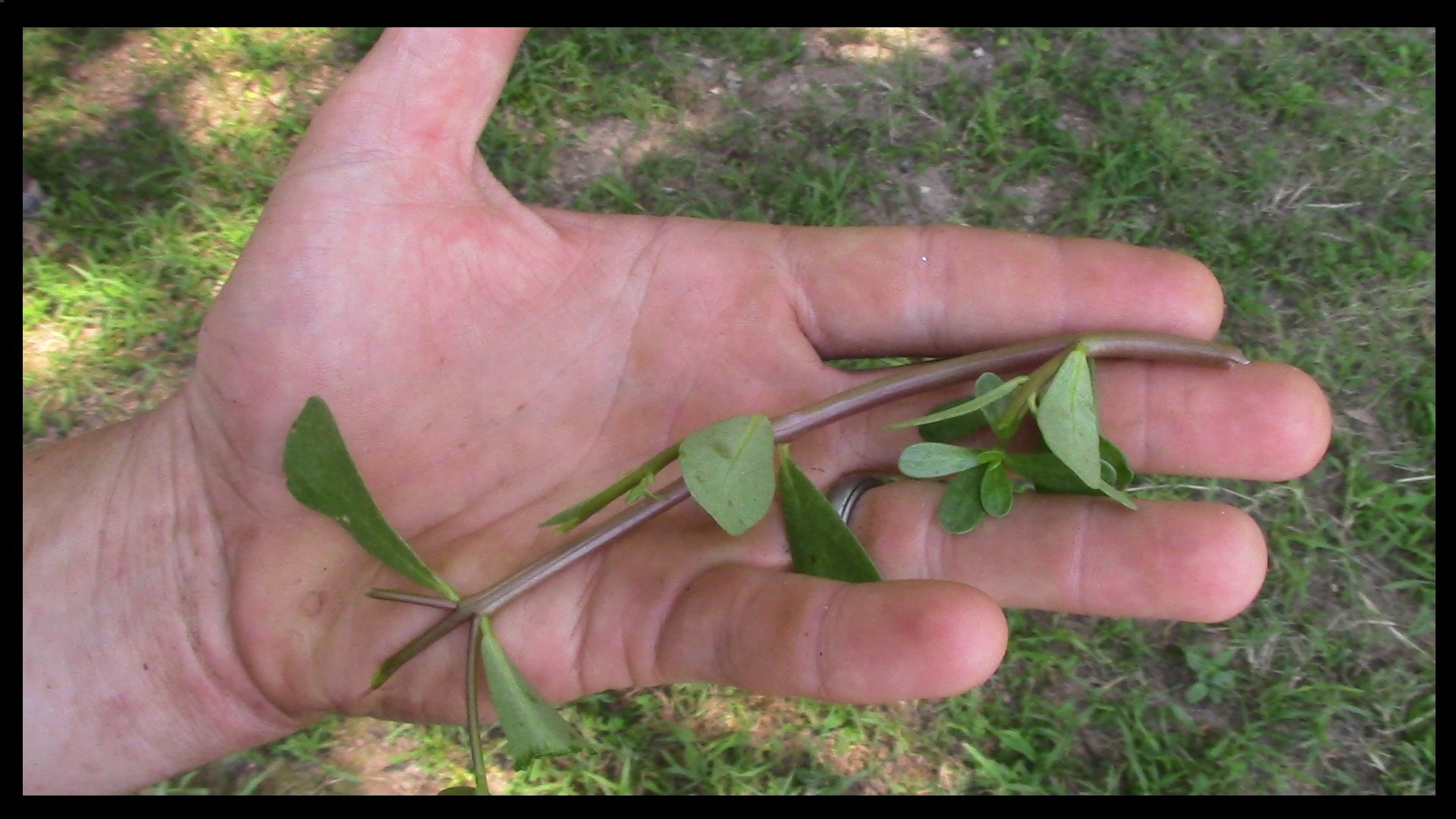
PURSLANE
IDENTIFICATION
I previously had the misunderstanding that there were a variety of purslanes, including the two lookalikes pictured above. Though the lookalikes grow in a similar fashion and can be found in the same areas, they are not Purslane and are not succulents. Purslane has stems that are both thick and smooth. If it has little hairs on it, it's not Purslane. The leaves and stems are both edible, and the leaves are smooth on the edges. Purslane will spread along the ground, branching out from the root. It will die back at the end of the year and regrow new plants from seeds.
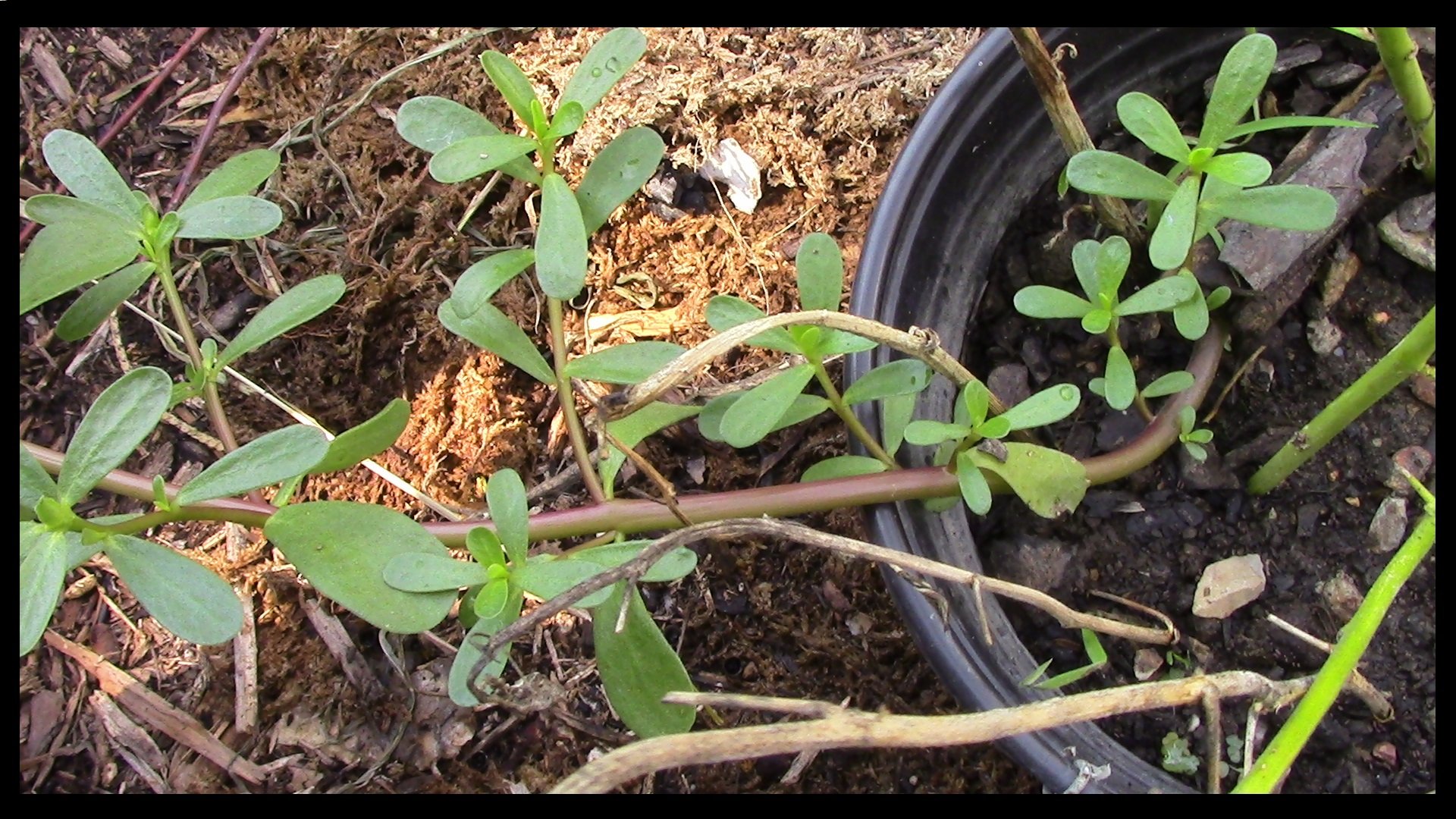
PURSLANE "WEED" GROWING IN A POT
FLAVOR
I would liken the flavor of Purslane to that of juicy Swiss Chard. It definitely tastes like it belongs in a fresh garden salad.
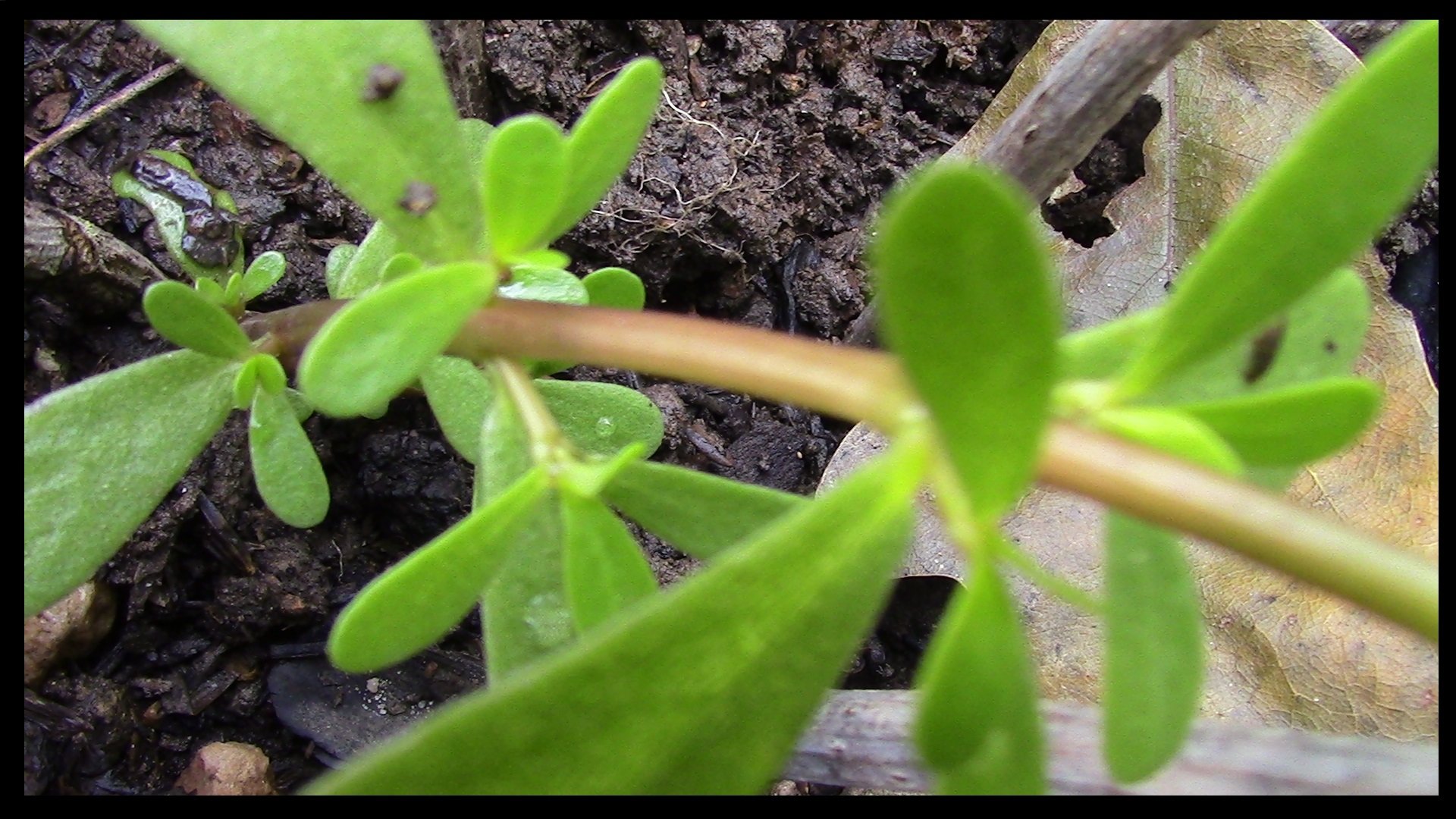
MORE PURSLANE IN ANOTHER POT
USES
To enjoy Purslane as a food, most who are familiar with it either eat it fresh in salads, or cook it in stews or soups. There have also been cases of people using the plant medicinally.
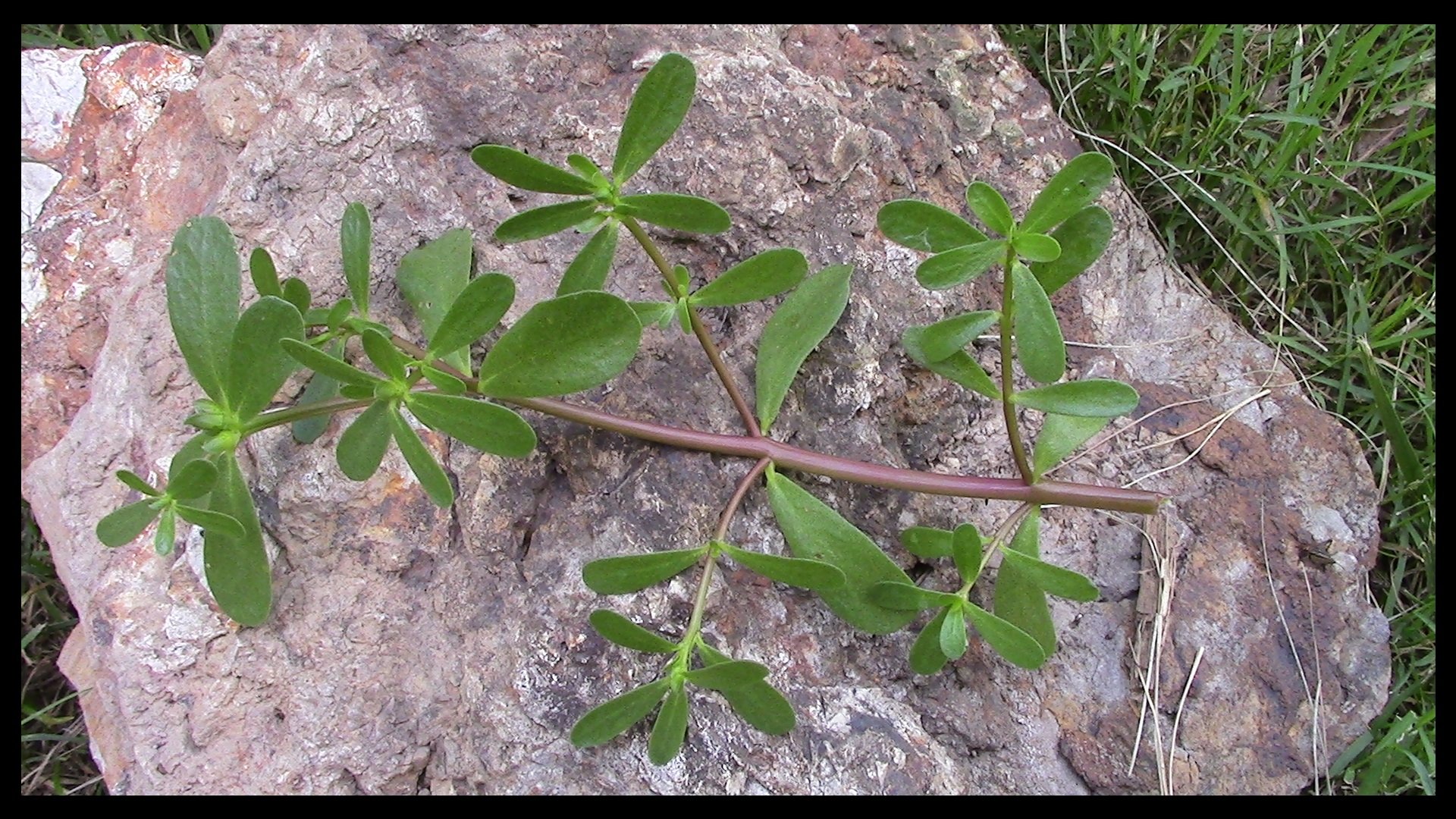
BEAUTIFUL, DELICIOUS, & FREE
NUTRITIONAL BENEFITS
- More Vitamin E than Spinach
- More Beta Carotene than Carrots
- Excellent source of Omega-3 fatty acids
- Phosphorus
- Potassium
- Magnesium
- Vitamin C
- Riboflavin
- Considered by some to be a superfood
If you've never tried Purslane, I would recommend it, just make sure that you accurately identify it first.
For an incredible EDIBLE OUTDOORS recipe, click HERE
Here's previous THE EDIBLE OUTDOORS posts:
- 1-Common Yellow Wood Sorrel
- 2-Lamb’s Quarters
- 3-American Gooseberry
- 4-Stinging Nettle
- 5-Sassafras
- 6-Creeping Charlie
- 7-Dandelion
- 8-Plantain
- 9-Mint
- 10-Garlic

